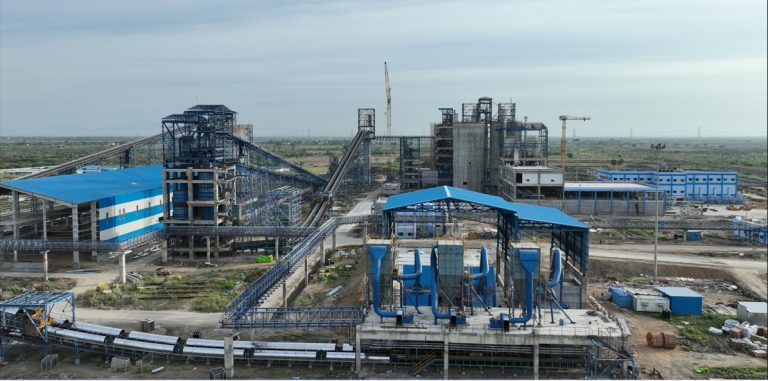The construction industry has always been the bedrock of civil development. However, in this age of rapid technological advancements, it’s reasonable to wonder if the sector is ready to welcome robots and automation. To try and answer this and allay fears, let’s dig down into what this transformation means for workers, project timelines, safety protocols, and more. Understanding Automation in Construction: A New Era In essence, automation represents the use of technology to perform tasks which would otherwise require human involvement. In the construction industry, it includes a broad spectrum of applications, such as robotic arms for bricklaying or drones for site surveys. It’s crucial to recognize that many are unsure about what this evolution may mean for them personally and professionally. Here are some points to consider: These questions form the epicenter of ongoing discussions around construction-oriented robotics and should provide a backbone as we delve deeper into this topic. Technological Innovations Weaving Robots Into The Fabric of the Building Industry The construction battlefield is teeming with so many exciting developments in robotics and automation that it’s difficult to keep up. Companies such as https://standardbots.com/ are crafting intelligent robotic solutions specifically for this sector, with six-axis robotic arms introducing more adaptability than any of their precursors. These innovations can revolutionize how construction tasks are carried out, some of which include: These advancements are not mere concepts on drawing boards anymore. They’re working models transforming project timelines and improving safety levels at an accelerated pace. Now let’s explore what influence these game-changers can have over efficiency and productivity. Unpacking the Benefits of Robotics for the Construction Sector As hinted at, there are several advantages that come with combining robotics, automation and construction projects. Let’s break them down: Additionally, robots come with an energy-efficient element and could significantly reduce construction’s carbon footprint over time. It’s not hard to see why many industry leaders are beginning to experiment with automation. Of course greater acceptance lies in understanding how this tech-enhanced transition can potentially lead towards better outcomes. So let’s move on to unpick obstacles that lie on the path to adoption. Potential Roadblocks Hindering the Uptake of Automation in Construction While the potential for robotics and automation is indeed vast, it’s important to acknowledge there are also challenges. Here’s what might be holding back widespread implementation of hardware and software: These barriers must be carefully addressed before we see comprehensive adoption across the board. Successful implementation lies in a balanced approach that judiciously intersperses human skill with machine efficiency. Looking Ahead: Is Full-scale Automation a Feasible Future for Construction? As we forge ahead towards an automated future in construction, one question looms – is full-scale automation achievable or even desirable? The answer may lie in balance and gradual adoption. While certain components of the building process can be automated immediately (like hauling materials or concrete pouring), others that require skilled judgment may still need human intervention. Consider this as a partnership rather than replacement. Workers equipped with tech prowess overseeing robotic operations rather than being replaced by them outright. This scenario envisions a blended workforce where humans and robotics collaborate to create superior results while minimizing risks. With carefully planned strategies complemented by effective worker retraining programs, this could lead us into an era where technology seamlessly integrates with construction methods, enhancing productivity, safety, and efficiency alike.







